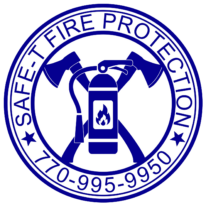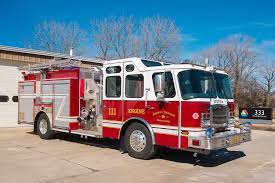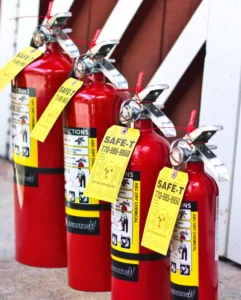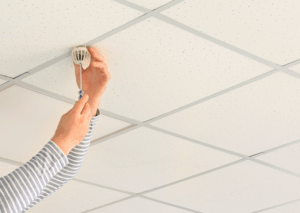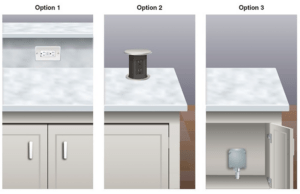Did you know half of all home heating fires occur from November through March? The colder months and the seasonal holidays cause people to–more often than not– turn up the heat. Maybe they do this by lighting some candles, plugging in space heaters, or straight up tending a fire in their fireplace.
Christmas trees, decorations, cooking, and candles all contribute to peak house fire season, but the approximately 45,000 home electrical fires each year attribute to improper use of heating and electrical equipment. The National Fire Protection Association (NFPA) campaigns that as you stay cozy and warm this winter, stay fire smart. Safe-T Fire Protection advocates fire safety through local fire protection services in Georgia, Alabama, and South Carolina.
CALL US 770-995-9950

1. Turn off all space heaters and candles before you go to bed.
The first thing to remember when staying fire smart is to always make sure all heating equipment is turned off before you go to bed. The NFPA reports that peak home electrical fire deaths occur between midnight and 8 a.m.
In their “Put a Freeze on Winter Fires” campaign, the NFPA instructs to plug only one heat-producing appliance (like a space heater) into a wall outlet at a time. This way, no outlet gets overloaded.
2. Double-check your surroundings when cooking.
Keep anything that can burn at least 3 feet from any heat source. Next time you want to bake cookies in the oven, double-check your clothing and surroundings, and make sure you stay fire safe! Any extra material hanging from your neck or sleeves, whether it’s holiday decorations or festive clothing, could be a fire hazard when tending to your famous recipe on the stove or in the oven.
There are many variables that could cause an instant fire. For instance, if there’s not enough moisture in the air, static electricity could spark a fire. Dry environments are more prone to static buildup and could be the catalyst for a fire or explosion upon turning your oven on.
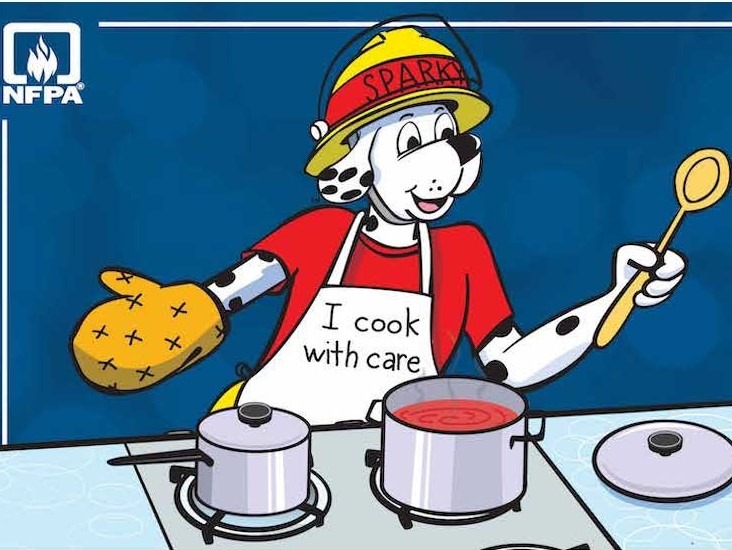
Another kitchen-related tip?
Don’t use your oven as a source of heat. The NFPA says it could easily cause carbon monoxide to build up in your house. Read more about why smoke alarms should be on every level of your home.
Fire safety experts used to tell people they had 7 to 10 minutes to flee a burning home, yet with many items in modern homes made of synthetic materials, you now have less time to escape. As they say, it only takes one time, so it’s better to be safe than sorry. Have your family discuss a Fire Escape Plan that practices getting everyone out of the house in an estimated time of two minutes.
3. “Candle with Care”
Setting the mood with candles is very pretty but also very hazardous. The flame that comes with candles should be used with extreme caution. Keep candles at least 12 inches away from anything that burns; children should not be lighting or playing with candles. Although candles die out on their own once they reach the end of their wick, you should extinguish them whenever you leave the room or when you go to sleep.
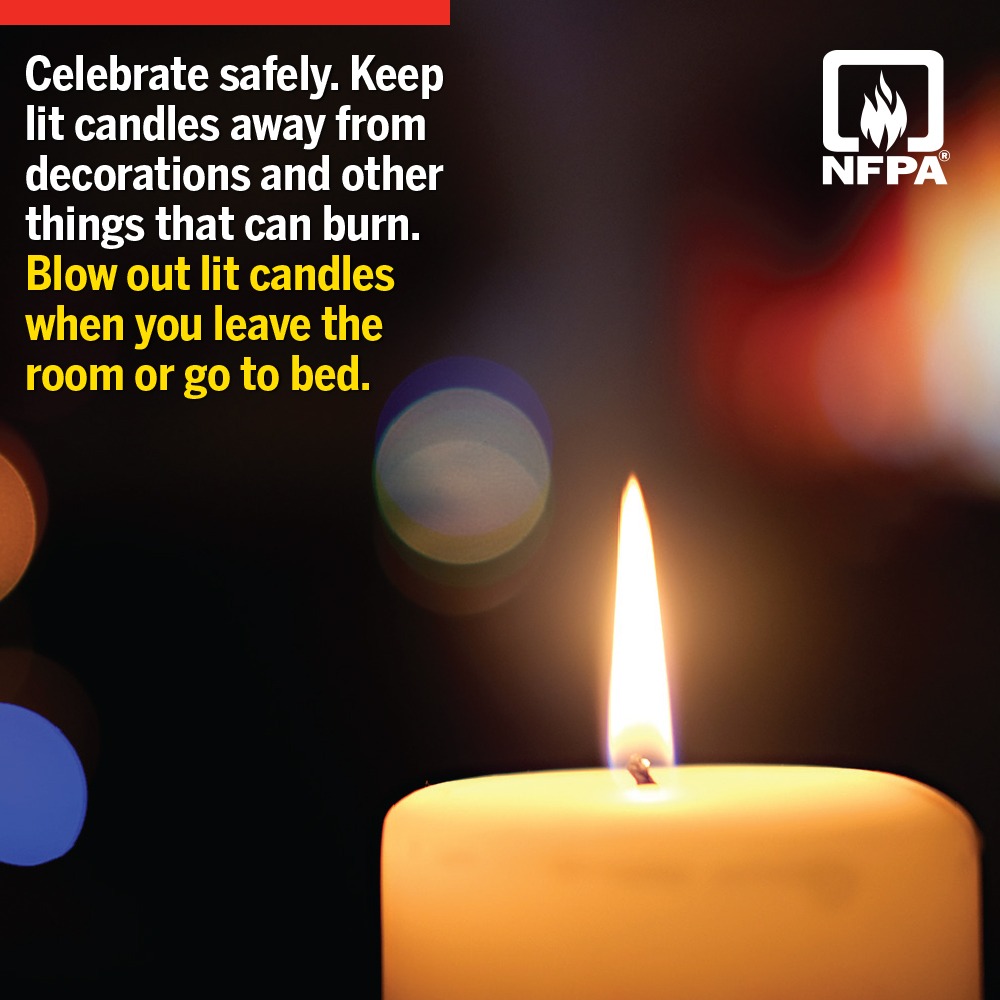
More than ⅓ of home fires are started by candles.
Practice being fire smart with battery-operated candles! They are lovely non-flammable decorations that can still emulate the comfy mood that flame candles do. If you light candles for religious practices, remember to be fire smart when lighting them. The NFPA says to avoid keeping candles burning in bedrooms and other areas where people may fall asleep.
4. Avoid a “Mantle Breakdown”
Speaking of fire in your home, a fireplace is probably the only place you’d want to have a fire going. A fireplace in your home can still be fire safe with the following tips:
- Keep anything that can burn at least 3 feet from the fireplace.
- Have a qualified professional clean and inspect your chimney and vents every year.
- Store cooled ashes in a tightly covered metal container.
- Keep the metal container outside at least 10 feet from your home and any nearby buildings.
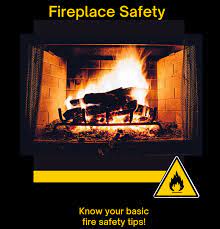
An adult should always be present and in charge of lighting the fire, tending to the fire, and putting out the fire. The NFPA suggests cracking a window open for fresh air supply while practicing fire safety.
5. Rely less on extension cords.
As convenient as extension cords can be, they should not be your solution for packing several electrical units together. While the holidays invite families to use more electricity with Christmas lights, cooking, and heating equipment, remember to be fire smart with electricity in your home. Never use an extension cord with a heat-producing appliance, according to the NFPA “Freezing Winter Fires” campaign.
Half of all home electrical fires involve home wiring or lighting equipment.
Have an electrician install wall outlets where you need them. This would ensure you do not rely on extension cords, and limit the electricity you consume. Also, the NFPA notes to use light bulbs that match the recommended wattage on the lamp or fixture.

Stressing the need to stay fire smart when turning the heat up in your home is paramount to keeping your family, home, and belongings safe. Read more about Fire Safety During the Holidays in our previous blog. With our experience and certification by the states of Georgia and South Carolina and local governing authorities across the state of Alabama, Safe-T Fire Protection handles the installation, maintenance, and repairs of fire protection equipment.
